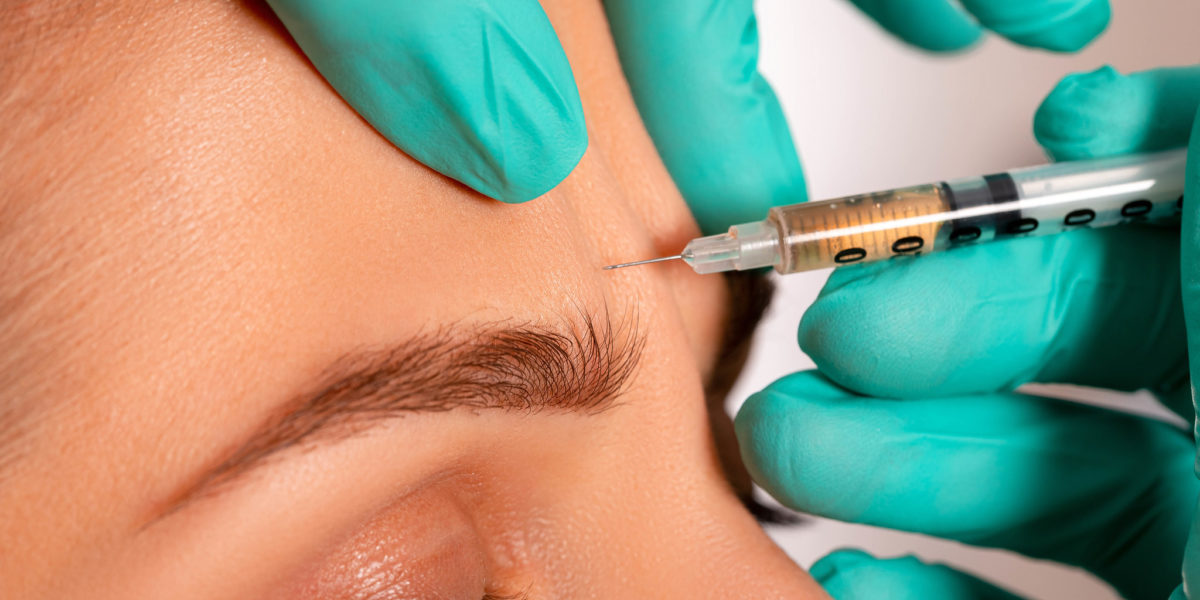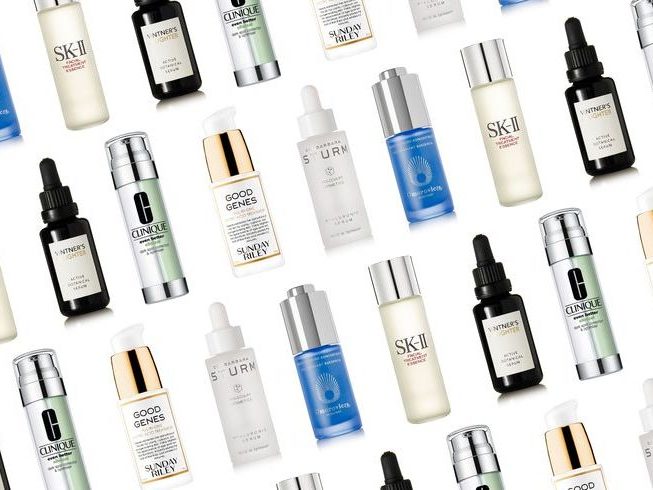
Few people enjoy having wrinkles. Some people spend a lot of time, money and efforts trying to reduce the wrinkles on their face, while others simply appreciate them as something naturally occurs with aging. Regardless, wrinkles are always associated with aging. However, if we look into what different types of wrinkles are and how they form, we will find that not all wrinkles are bad. Not all wrinkles are caused by aging, and not all wrinkles should be treated the same way. Here, we introduce different types of facial wrinkles categorized by plastic surgeon and their corresponding treatment.
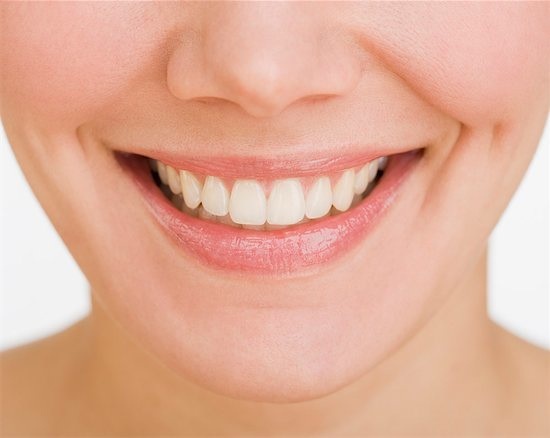
In general, there are two main types of wrinkles, dynamic wrinkles and static wrinkles. Dynamic wrinkles are the type of wrinkles that only appear when you make expressions such as smiling, laughing, or frowning. These wrinkles disappear once your expressions stop. The facial muscles have enough elasticity to return to their original positions. These are temporary wrinkles that everyone may have, even little kids!
Static wrinkles, on the other hand, are wrinkles that form when your muscles cannot return to their original position due to gravity and loss of collagen and elastin. These wrinkles cannot disappear like the dynamic wrinkles. When the collagen fibers become thinner, the skin loses elasticity and gets more wrinkles, whose width and height grow with age. Lemperle et al. from the University of California put these wrinkles into three categories.
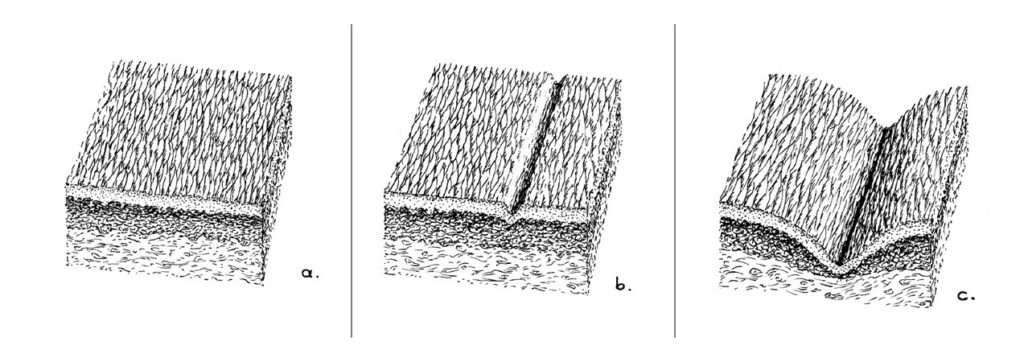
The first type is superficial wrinkles. These are the less severe wrinkles that only involve textural changes of the skin surface. These wrinkles lines are separate lines at first but will gradually group together. Common causes are aging, excessive exposure to UV light, and gravity. Superficial wrinkles, according to Lemperle, can be reduced or removed by chemical peeling (applying chemical solution on the face to peel off the top layer and then grow it back), or laser resurfacing.
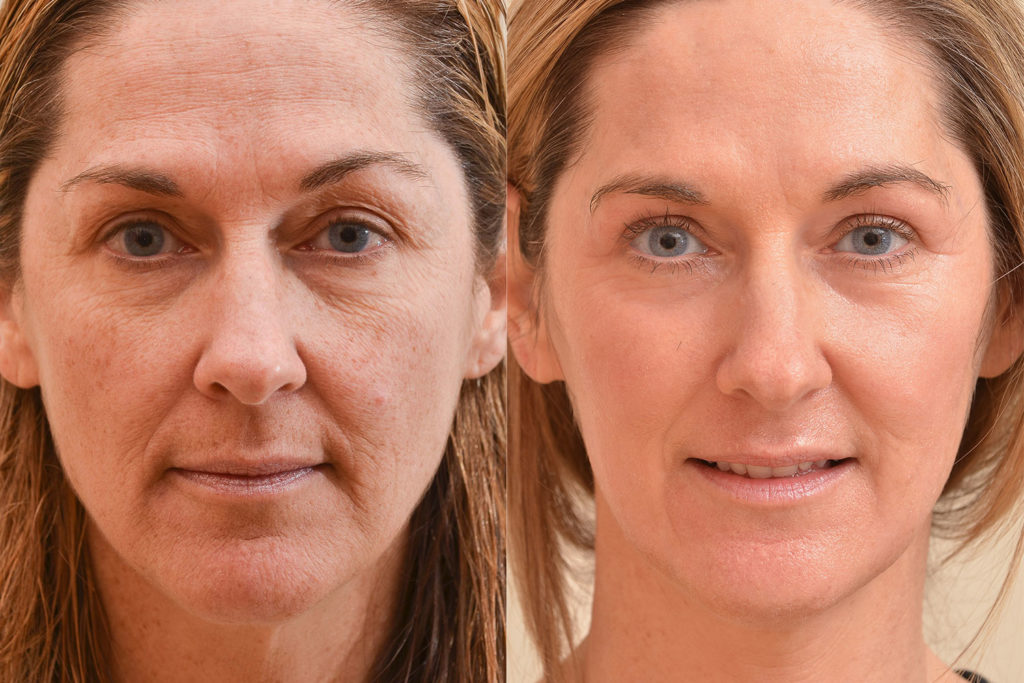
The second type is mimetic wrinkles. These are more severe and visible dermal creasing. Major causes include aging and repeated dramatic facial expression. Because the facial creasing is deeper, the reduction methods include more complicated procedures such as muscle resection (cut out a portion of muscle and inserted the shortened muscle at the same place), botulinum toxin (a neurotoxic protein), or skin filler injection.
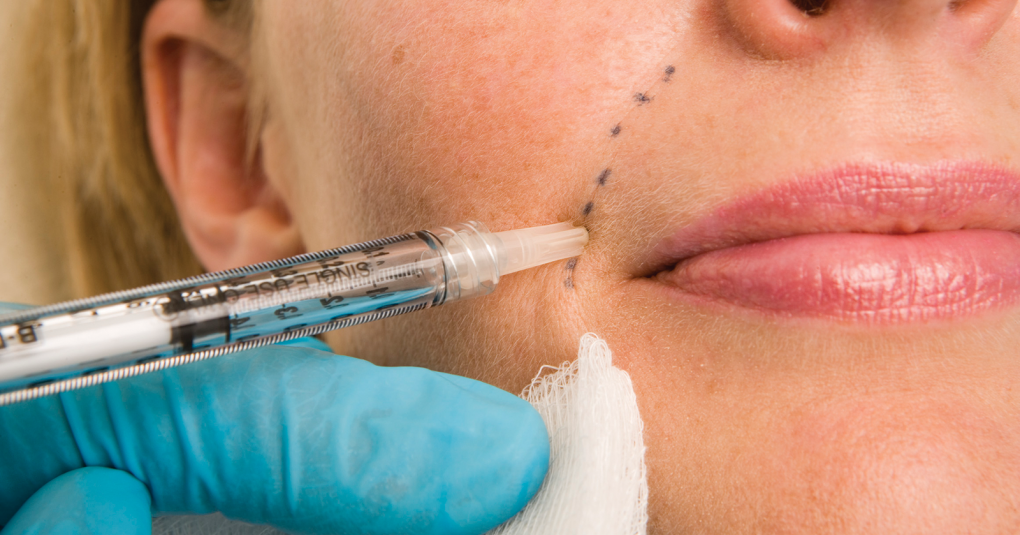
The last type is folds, the part of the face where droopy skin overlaps. Folds and mimetic wrinkles usually occur together. To correct the overlapping skin, tightening procedures such as blepharoplasty (surgery that repairs droopy eyelids), face lift, or skin excision are needed.
Noticeably, researchers have discovered that wrinkles formation may be different by gender, race, etc. For example, women in general have finer and less apparent wrinkles than men because their skin is thinner and softer. Asian skin connects more firmly to the tissues underneath because of its thicker dermis and higher collagen density. Therefore, the repetitive pulling of the skin surface affects wrinkles on Asians and Caucasians differently.
Wrinkles are nothing horrible. They are something that everyone has or will have in the future. There is nothing wrong with wanting to reduce the wrinkles on your face, either. Just remember that there are many types of wrinkles and each of them requires a bit of a different treatment. Spending some time finding the appropriate treatment will most likely save you more time, money, and effort in the future.
Featured image cropped from “Close-up injection to smooth out wrinkles on a woman’s forehead” by wuestenigel which is licensed under CC BY 2.0.
